SB-25_En 03.1.14 8:18 PM Page 1
Autofocus Speedlight
Instruction Manual
E
�
SB-25_En 03.1.14 8:18 PM Page 2
FOREWORD
Thank you for purchasing the Nikon Autofocus Speedlight
SB-25. Used with Nikon’s newest SLRs (F90-Series/N90,
F4-Series, F-801/N8008, F-801s/N8008s, F-601/N6006,
F-601M/N6000, F-401x/N5005, F-401/N4004 and F-401s/
N4004s), it offers you the most advanced and complete
system for automatic flash photography available.
To get the maximum performance from your new SB-25,
be sure to take time to read the instruction manual carefully.
The Nikon N90, N8008, N8008s, N6006, N6000,
N5005, N4004 and N4004s are sold exclusively in the
U.S.A. The Nikon N2020 and N2000 are sold exclu-
sively in the U.S.A. and Canada.
For Effective Use of This Manual
Using this manual is simple. Read the pages with shaded
index tabs indicating your camera name. These index tabs
lead you to all of the information you need to learn about
using the SB-25 with your camera.
The SB-25 and today’s newest Nikon models offer
exceptionally high performance. They include more features
than ever before, all of which can help you make great pic-
tures.
Because there are so many features, the instruction man-
ual is extensive, and may seem a little intimidating. We urge
you, however, to thoroughly read the manuals before you
begin using the SB-25. That way you will be fully familiar
with the features and the way they work.
For the convenience of latest Nikon SLR users, the SB-25
offers automatic adjustment functions when used with cer-
tain lenses. Automatic operations is detailed beside manual
operation in shaded boxes with mark.
By becoming thoroughly familiar with the SB-25, you will
be able to use its advanced features more effectively and
enjoy great results from the very beginning.
F90-Series/N90 Users
F4-Series, F-801/N8008 and F-801s/N8008s Users
F-601/N6006 and F-601M/N6000 Users
F-401x/N5005 Users
F-501/N2020 and F-301/N2000 Users
F-401/N4004 and F-401s/N4004s Users
FA, FE2, FG and Nikonos V Users
F3-Series, F2-Series, FM2 and FG-20 Users
�
SB-25_En 03.1.14 8:18 PM Page 4
Table Of Contents
FOREWORD
For Effective Use of This Manual.....................................2
Table of Contents ....................................................4 — 5
Chapter 1: Introducing the SB-25 Autofocus
Speedlight
Nomenclature...........................................................8 — 9
Main Features/Functions —
SB-25’s Flash Capabilities ..............................10 — 17
Fully Automatic Fill Flash ...................................10 — 13
Automatic Balanced Fill-Flash .............................11
“TTL Multi-Sensor” Automatic Balanced
Fill-Flash With F90-Series/N90 ........................12
FP High-Speed Sync Flash..................................13 — 14
Rear-Curtain Sync Flash ..............................................15
Red-Eye Reduction Control...........................................16
Repeating Flash..........................................................16
SB-25 Feature Comparison: Flash Operations
Available with Your Camera .....................................17
Chapter 2: Before Flash Shooting
WARNING — TO AVOID INJURY..................................20
CAUTION — TO PREVENT DAMAGE TO
THE SB-25 SPEEDLIGHT ..........................................20
Getting Started — SB-25 Set-Up........................20 — 23
Selecting Measurement System,
Meters or Feet ........................................................21
Installing Batteries ............................................21 — 22
Attaching Flash Unit to the Camera
Accessory Shoe.............................................22 — 23
Checking Battery Power ..............................................23
Adjustment Functions — Using LCD Panel
and Built-in Functions .....................................24 — 30
Adjusting Flash Head To Horizontal/
Front Position ...............................................24 — 25
Using LCD Panel For Shooting-
Distance Computation....................................26 — 30
Setting ISO Film Speed
(Manual Adjustment)...............................27 — 28
Setting Aperture Value
(Manual Adjustment)...............................28 — 29
Setting Zoom-Head Position
(Manual Adjustment)...............................29 — 30
Chapter 3: Shooting Practice in Flash Modes
TTL Auto Flash
Mode — Fill-Flash with
Automatically Compensated Flash Output ...32 — 79
For F90-Series/N90 Camera Users:
Choosing A Flash Method/Set Up and Practice......33 — 39
For F4-Series, F-801/N8008 and F-801s/N8008s
Users:
Choosing A Flash Method/Set Up and Practice......40 — 47
For F-601/N6006 and F-601M/N6000 Users:
Choosing A Flash Method/Set Up and Practice......48 — 56
For F-401x/N5005 Users:
Choosing A Flash Method/Set Up and Practice......57 — 63
For F-501/N2020 and F-301/N2000 Users:
Choosing A Flash Method/Set Up and Practice......64 — 69
For F-401/N4004 and F-401s/N4004s Users:
Choosing A Flash Method/Set Up and Practice......70 — 75
For FA, FE2, FG and Nikonos V Users:
Choosing A Flash Method/Set Up and Practice......76 — 79
Chapter 4: Flash-Shooting Applications
FP High-Speed Sync Flash — Flash Photography
At Higher Shutter Speeds .............................98 — 103
Guide number in FP High-Speed Sync Flash .....102 — 103
Red-Eye Reduction Control — For Better
Flash Portraits..........................................................104
Rear-Curtain Sync Flash — For Natural
Light Flows...............................................................105
Flash Exposure Compensation — To Make Flash-
Illuminated Subject Lighter or Darker........106 — 107
Exposure Compensation with Camera’s Dial —
To Make Background Lighter or Darker....108 — 109
— For Test Firing ................110
Open Flash Button
Built-In Wide Flash Adapter — For Shorter
Focal-Length Lenses...............................................111
Zoom-Lock Capability — To Fix Zoom-Head
Position .........................................................112 — 113
Trouble With Wide Flash Adapter ............................113
AF Assist LED — Autofocus Flash Photography
in Dim Light ..................................................114 — 115
Power Switch Standby (STBY) Position — To
Conserve Energy and
Shorten Recycling Time ..............................116 — 117
Non-TTL Auto Flash Mode — Shooting
with Varied Lens Apertures.............................80 — 83
Manual Flash Mode — Manual Light-
Output Control .................................................84 — 89
Synchronization in Continuous Shooting........................89
Repeating Flash Mode — For Multiple
Guide Number — To Calculate
a Proper Aperture....................................................118
Diffusing Light — To Soften Harsh
Shadow ..........................................................119 —123
Bounce Flash Photography.....................................122
Using a Diffuser ....................................................123
Exposure...........................................................90 — 95
Close-Up Flash Photography in
TTL Auto Flash Mode — To Flash
On A Very Close Subject .............................124 — 125
Multiple Flash Photography — Using More
Than One Speedlights .................................126 — 132
TTL Multiple Flash Photography ..................128 — 129
Manual Multiple Flash Photography ........................129
System Chart for TTL Multiple Flash ............130 — 131
Accessories for TTL Multiple Flash..........................132
Chapter 5: Notes on Speedlight
“Red Eye” .....................................................................134
Flash Sync Mode Selector
vs.
Position.....................................................................135
Tips on Speedlight Care..................................136 — 137
About Batteries............................................................138
Specifications ..................................................139 — 141
Usable Aperture/Flash Shooting Distance
Ranges In TTL Auto
Flash Modes.............................................................142
And Non-TTL
4
5
�
SB-25_En 03.1.14 8:18 PM Page 6
Chapter 1
6
Introducing the SB-25 Autofocus Speedlight
�
SB-25_En 03.1.14 8:18 PM Page 8
Nomenclature
Built-in diffuser card
Built-in wide flash adapter
Battery chamber lid
Slide and lift to open.
Flash head tilting lock
release lever
Meter/Feet select lever
(inside battery chamber)
Battery chamber
Accepts four 1.5V AA-type penlight batteries, either
1.5V alkaline-manganese or 1.2V NiCd batteries
(voltage for NiCd batteries varies depending on
manufacturer; maximum permitted is 1.5V).
8
Flash head
Locks at the front position and the 90˚ position; tilts
up to 90° and down to –7°; rotates 90° to the right
and 180° to the left.
Autofocus assist illuminator LED
Enables autofocus operation in dim light or total
darkness.
Light sensor for Non-TTL Auto Flash operation
In Non-TTL Auto Flash operation, be careful not to
cover or otherwise obstruct the sensor.
External power source terminal
Accepts power cord of Nikon DC unit
SD-8/SD-7.
Mounting foot locking
wheel
Mount pin
Hot-shoe contacts
Mounting foot
Tilting angle scale
Rotating angle scale
Terminal cover
Keep terminal covered when not in use.
TTL multiple flash terminal
For TTL-exposure-control multiple flash
operation.
Sync/multiple flash terminal
For manual-exposure multiple flash operation.
Chapter 1
Flash head rotating
lock release lever
LCD panel
See page 26.
Control buttons
See page 26.
9
�
SB-25_En 03.1.14 8:18 PM Page 10
Main Features/Functions — SB-25’s Flash Capabilities
The SB-25 is a most versatile Speedlight which offers vari-
ety of convenient features to enhance your flash photogra-
phy. To understand these features/function will help you
operate the SB-25 easily, therefore, enjoy more options and
creative possibilities. Each of following topics cover particu-
lar Nikon SLR models:
• Fully Automatic Fill Flash: F90-Series/N90, F4-Series,
F-801/N8008, F-801s/N8008s, F-601/N6006, F-601M/
N6000 and F-401x/N5005
Fully Automatic Fill Flash
Generally performed at night or in dim light, flash photogra-
phy can also be used to reduce shadows in pictures shot in
bright sunlight, resulting in a pleasing, more natural effect.
Using a flash this way, with ambient light, is called “fill-
flash.” When used with the SB-25, many Nikon SLR cam-
eras provide Automatic Balanced Fill-Flash, to automatically
keep flash brightness in balance with the ambient light.
• Standard TTL Flash: F90-Series/N90, F4-Series,
F-801/N8008, F-801s/N8008s, F-601/N6006, F-601M/
N6000, F-501/N2020, F-301/N2000, F-401/N4004,
F-401s/N4004s, FA, FE2, FG and Nikonos V
• FP High-Speed Sync Flash: F90-Series/N90
• Rear-Curtain Sync Flash: F90-Series/N90, F4-Series,
F-801/N8008, F-801s/N8008s, F-601/N6006 and
F-601M/N6000
• Red-Eye Reduction Control: F90-Series/N90
• Repeating Flash: All the Nikon SLR models covered in
this manual
Chapter 1
Automatic Balanced Fill-Flash
Thanks to a computer-controlled exposure meter (multi-
segment sensor) and TTL (through-the-lens) sensor, shutter
speed, aperture, and even flash output can be automatically
controlled to keep both subject and background in correct
exposure.
In Matrix Balanced Fill-Flash, the camera’s Matrix
Metering System (i.e., multi-segment sensors) determines
the correct exposure based on ambient light. Flash output is
then controlled with the center-bottom-weighted TTL sen-
sor which monitors light reflection from the film surface and
regulates timing to terminate output in realtime with flash
illumination. This way, flash illumination brightens the scene
(mainly foreground subject), but does not overpower the
ambient light exposure (background).
The result is brighter shadows, sharper details and more
vivid colors. Matrix Balanced Fill-Flash operates in virtually
all light conditions within the camera’s metering range and
available synchronized shutter speeds. Operation is fast and
automatic, while it allows manual operation for exposure
compensation techniques to vary fill-flash effects.
Center-Weighted Fill-Flash operates when you switch
the metering system to Center-Weighted. This metering
system measures the entire scene and emphasizes its read-
ing on the center area. By pointing the center-weighted area
at different parts of the scene, you can choose which
brightness level you want for basic available-light exposure.
By selecting Spot Metering System, Spot Fill-Flash oper-
ates in a similar manner as Center-Weighted Fill-Flash,
although the meter reads a narrower center area, or “spot.”
10
Matrix Balanced Fill-Flash
11
�
SB-25_En 03.1.14 8:18 PM Page 12
“TTL Multi-Sensor” Automatic Balanced Fill-
Flash with F90-Series/N90
After you depress the shutter release button and prior to the
shutter being activated, the SB-25 fires a series of nearly
invisible preflash, or Monitor Preflash.
These preflash are detected by the F90-Series/N90’s TTL
multi-sensor, analyzed for brightness and contrast, then
integrated with distance information from the lens (D-type
Nikkor) and other exposure control information for a bal-
anced fill-flash exposure.
3D Multi-Sensor Balanced Fill-Flash can be performed
with any built-in metering system, and is most effectively
used to achieve correct exposure in scenes that include:
• A mirror, white wall or other surface with extremely high
With non-D-type AF or AI-P Nikkor lenses, Multi-Sensor
Balanced Fill-Flash will be performed. Although the TTL
multi-sensor does not process distance information, the
advanced sensor system generally provides superior results
to Matrix Balanced Fill-Flash.
• Obstacle(s) in front of subject you wish to avoid
• Sunlight
• Subject against an “infinite” background (empty sky,
reflectivity
clouds, etc.)
Chapter 1
Main Features/Functions
FP High-Speed Sync Flash
The SB-25 is capable of flash synchronization at shutter
speeds of 1/250 sec. or faster when used with the new F90-
Series/N90. Unlike other flash synchronization methods, the
flash consecutively emits light at an extremely rapid cycle
and exposure begins with the opening of the front (first) cur-
tain and ends with the closing of the rear (second) curtain.
Standard TTL Flash
It is possible to manually select a flash compensation
level instead of having the computer do it automatical-
ly. Simply press the SB-25’s
button to cancel
Automatic Balanced Fill-Flash.
The camera’s computer-controlled TTL flash sensor
detects the total amount of light passing through the
lens and reflected from the film surface. The system
controls flash output so that the combination of ambi-
ent light and flash illumination will result in a correct
exposure.
Under bright-light conditions, the flash is automati-
cally controlled to provide less light; under dim light
conditions, it will produce more light.
This system is not designed to automatically provide
a balance between flash and ambient light; it is limited
to efficient operation in dim-light conditions and is not
recommended for use in very bright lighting condi-
tions. This system does not directly link the ambient
light meter and the flash’s TTL meter.
3D Multi-Sensor Balanced Fill-Flash photography: particularly
effective for subject standing against a shiny object.
12
FP High-Speed Sync Flash: Allows a wider aperture, thus, shallower
depth of field for a blurred background.
13
�
SB-25_En 03.1.14 8:18 PM Page 14
The combination of high shutter-speed range and flash
sync capability provides you with more options for flash
photography in day-light conditions. It enables you to use a
wider aperture to blur the subject’s background (create a
shallow depth of field), light up shadowed areas in outdoor
photography, or even create light flow for fast moving sub-
jects.
FP high-speed sync flash is only available in the SB-25’s
Manual flash mode when using the F90-Series/N90. For
details, see “FP High-Speed Sync Flash — Flash
Photography At Higher Shutter Speeds” on page 98.
SB-25 sync flash
Y
Light output
Y
Y
F
R
F
R
F
R
X
X
X
1
FP High-Speed
Sync Flash
2
2
Front-curtain sync flash
Rear-curtain sync flash
14
X: Time duration
Y: Shutter curtain movement
: Front-curtain movement
: Rear-curtain movement
1: Film surface is exposed to
flash light throughout the
entire duration.
2: Film surface is exposed to
flash light for only part of
the time that the curtain
are open.
Rear-Curtain Sync Flash
In “normal” flash synchronization, the flash fires at an early
stage of exposure (i.e., front-curtain sync). At slow shutter
speeds with a moving subject, this results in unnatural light
patterns.
For more natural lighting, use Rear-Curtain Sync. With
this method, the flash fires at a later stage of the exposure,
just before the rear, or second, shutter curtain starts to
close (i.e., rear-curtain sync), turning available light into a
stream of light that follows the flash-illuminated moving
subject. Rear-Curtain Sync is available with the F90-
Series/N90, F4-Series, F-801/N8008, F-801s/N8008s,
F-601/N6006 and F-601M/ N6000.
For more details, see “Rear-Curtain Sync Flash — For
Natural Light Flow,” page 105 and “Flash Sync Mode
Selector
,” page 135.
vs.
Chapter 1
Main Features/Functions
A slow shutter speed could create light flow from a moving subject.
Rear-Curtain Sync Flash catches him/her with natural-looking light
stream.
15
�
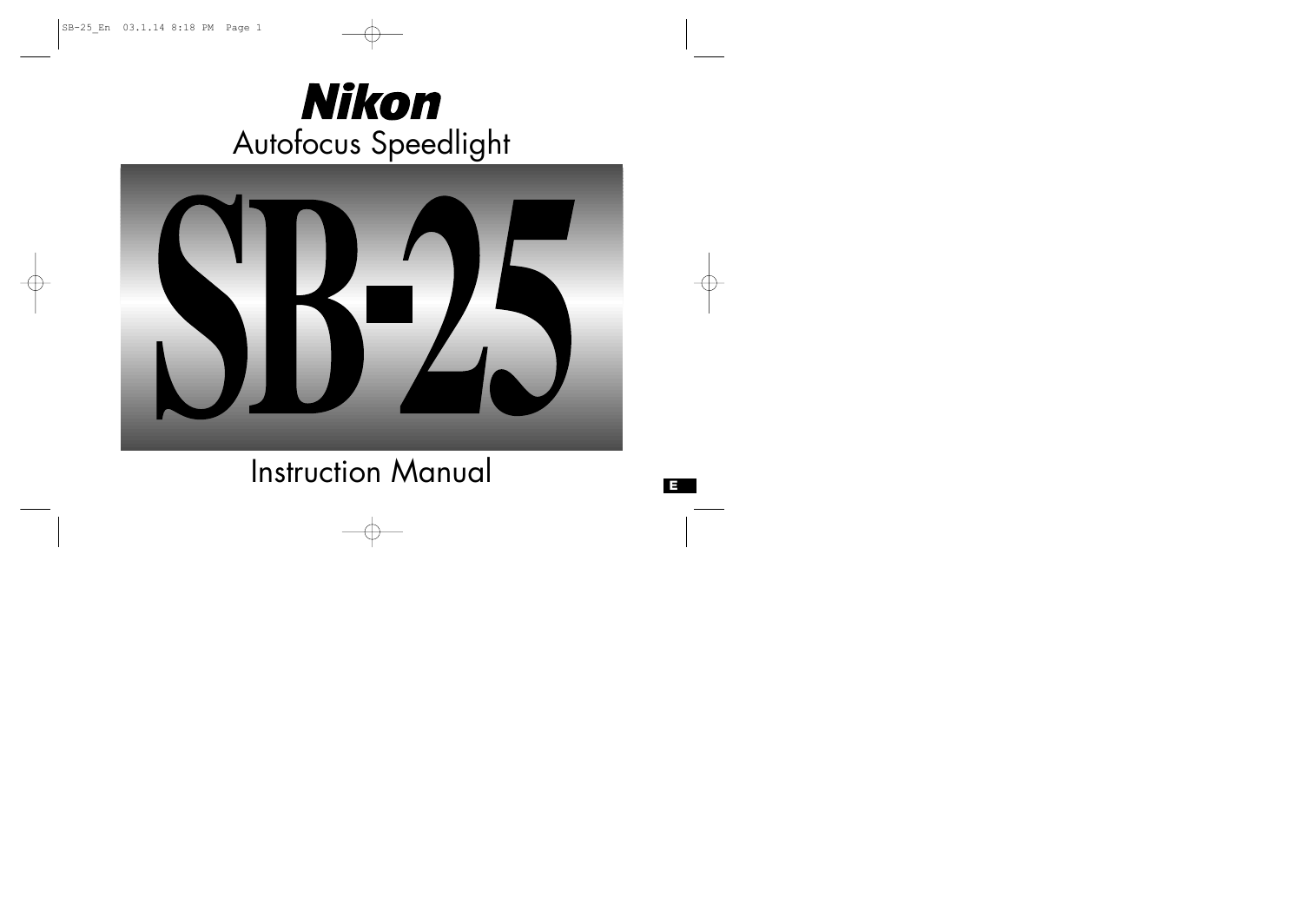
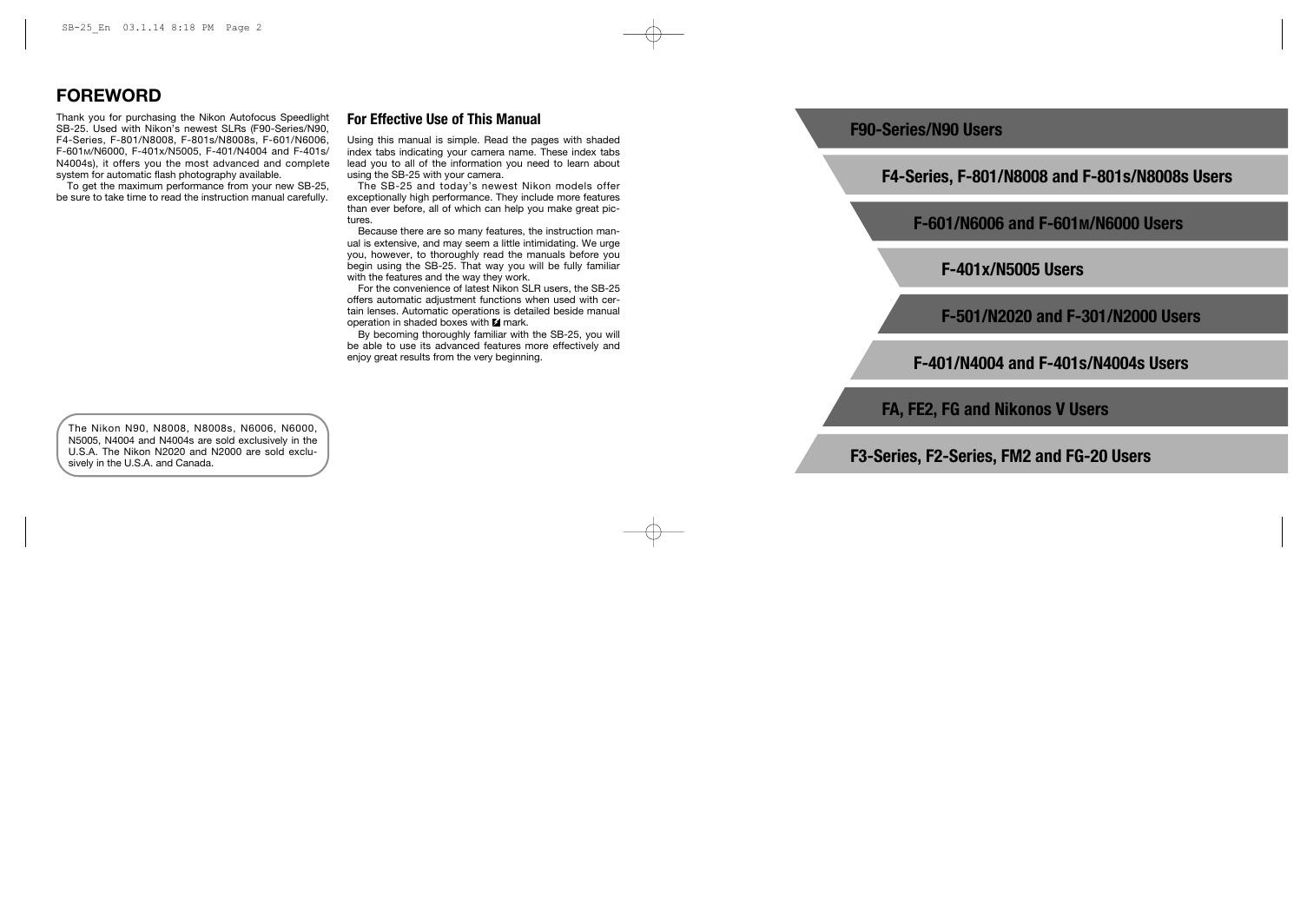
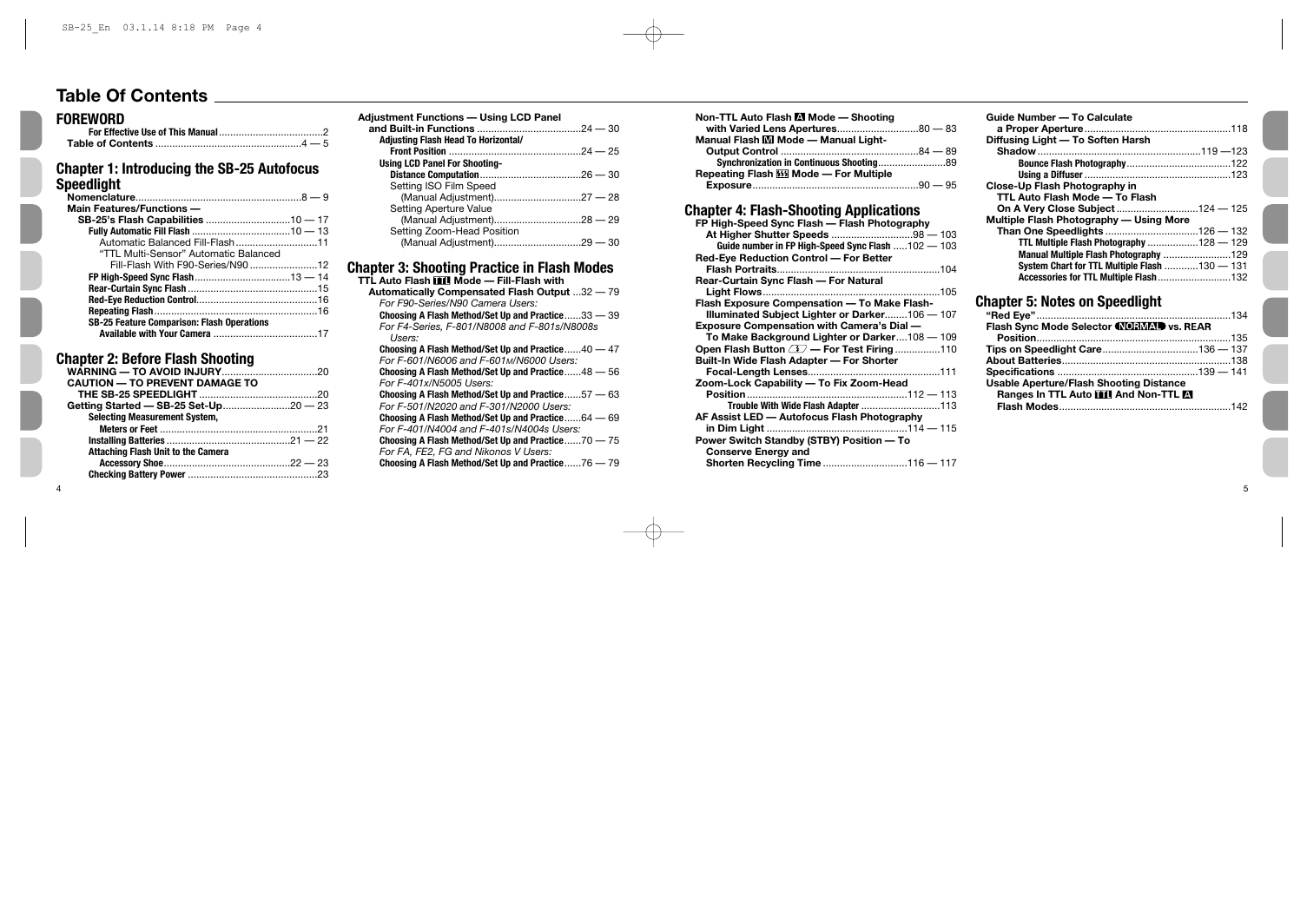
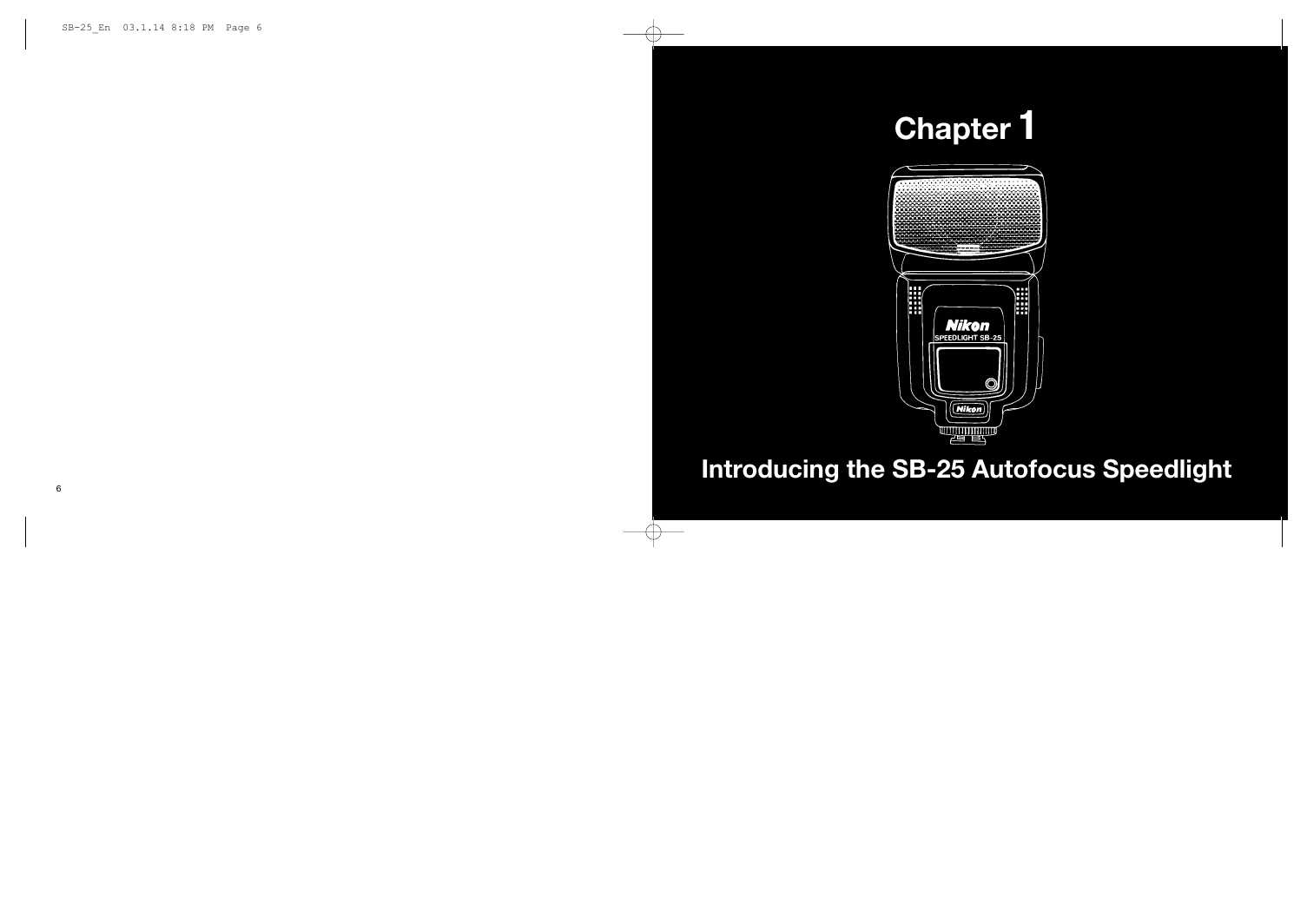
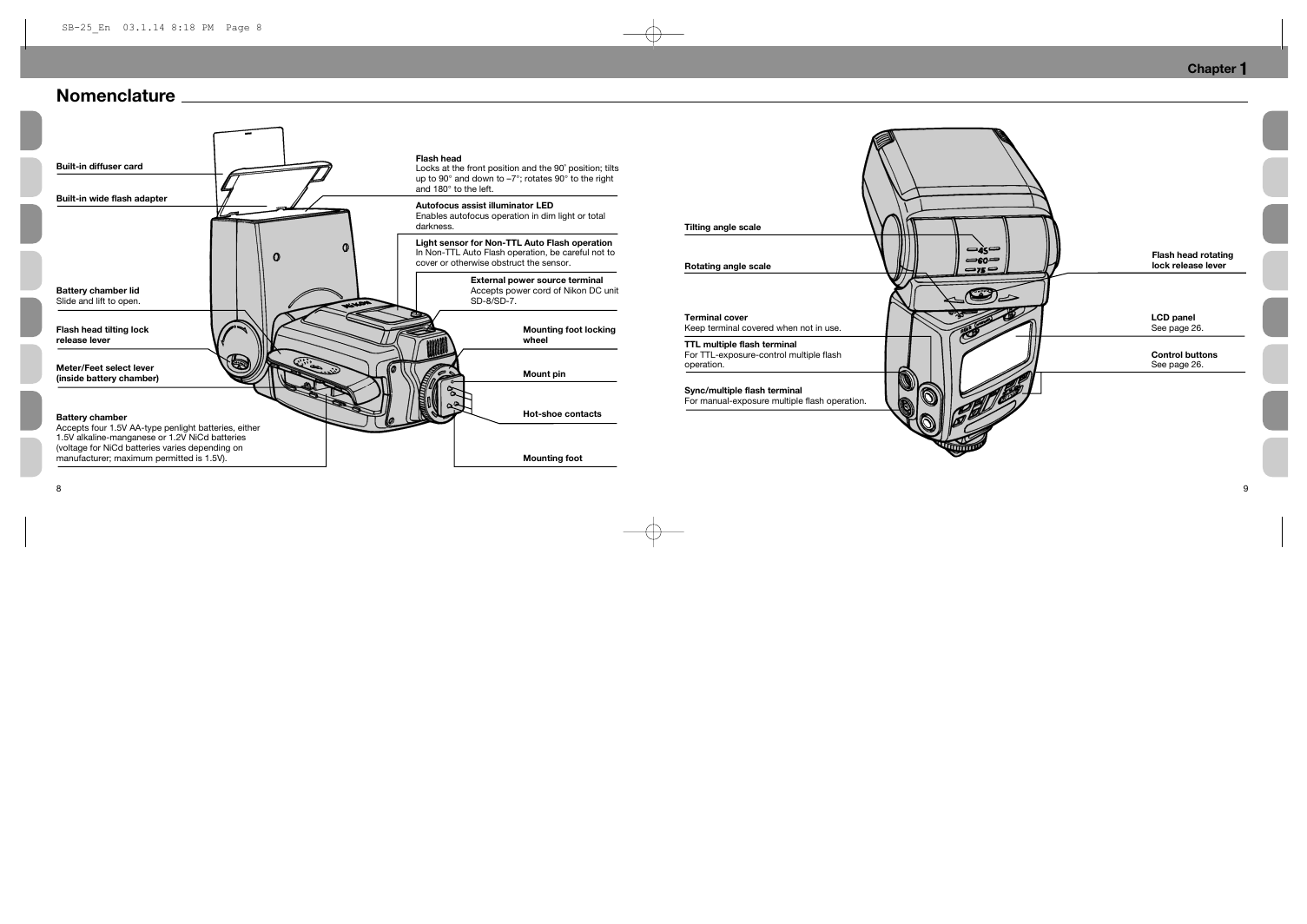
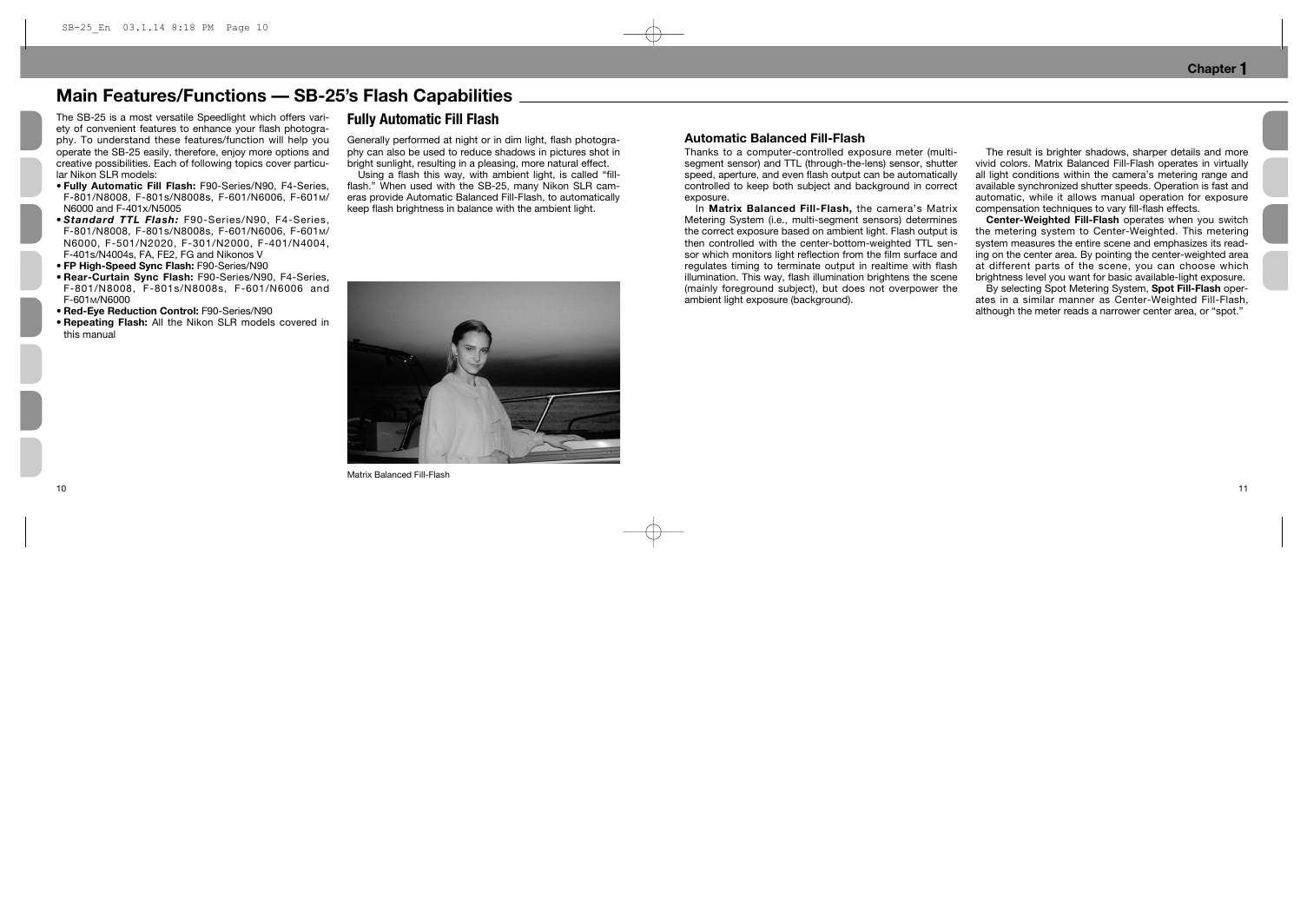
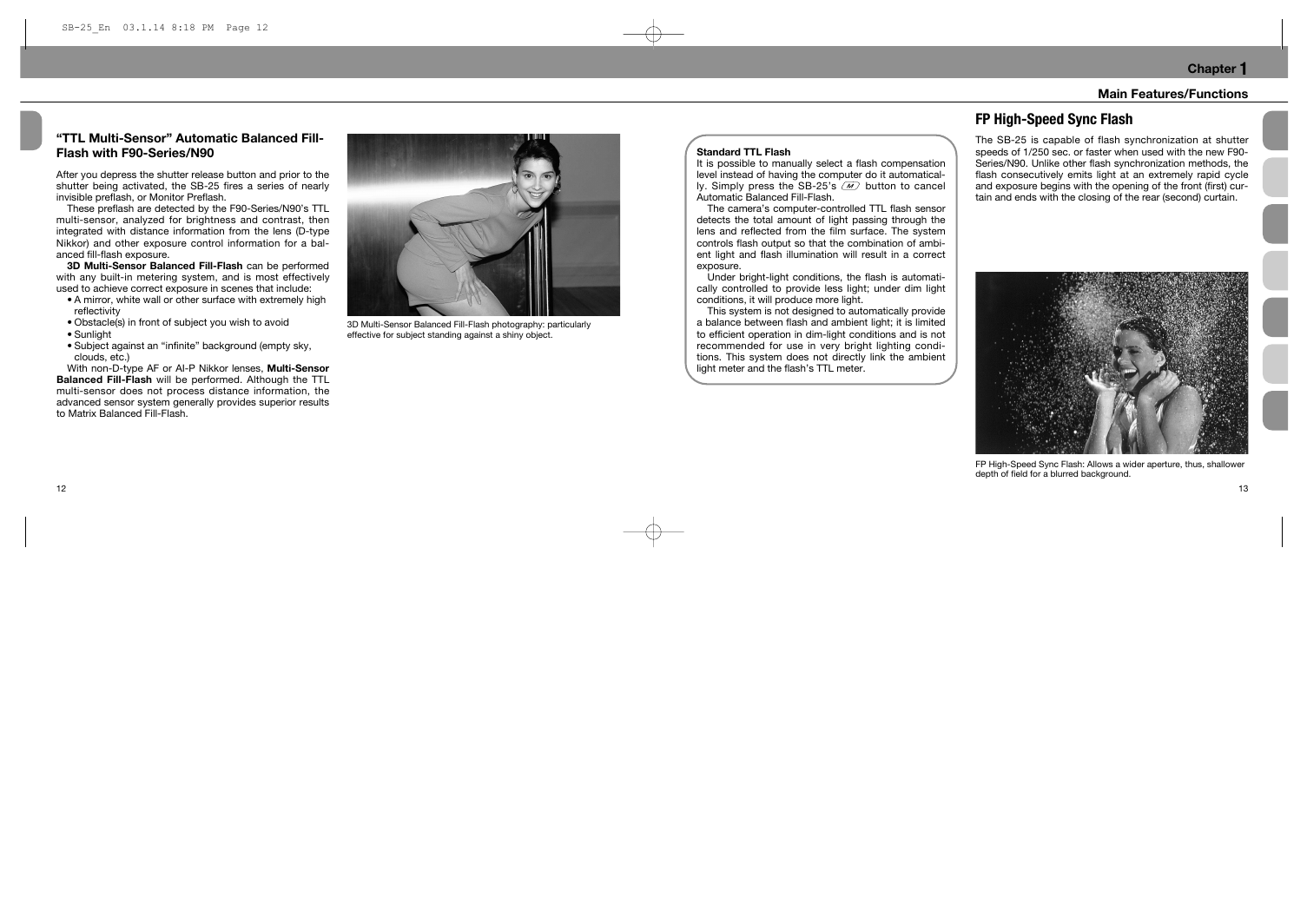
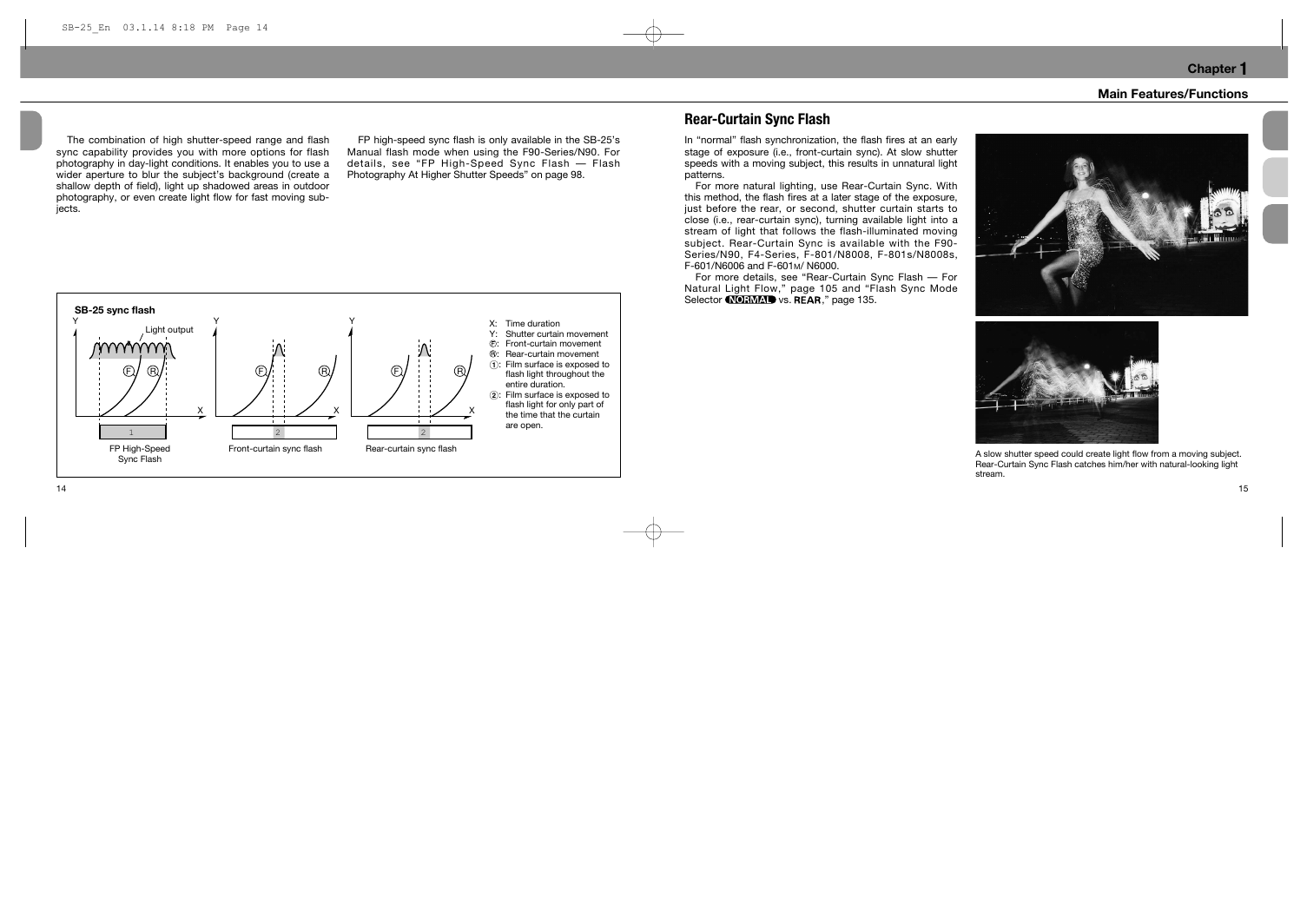








 2023年江西萍乡中考道德与法治真题及答案.doc
2023年江西萍乡中考道德与法治真题及答案.doc 2012年重庆南川中考生物真题及答案.doc
2012年重庆南川中考生物真题及答案.doc 2013年江西师范大学地理学综合及文艺理论基础考研真题.doc
2013年江西师范大学地理学综合及文艺理论基础考研真题.doc 2020年四川甘孜小升初语文真题及答案I卷.doc
2020年四川甘孜小升初语文真题及答案I卷.doc 2020年注册岩土工程师专业基础考试真题及答案.doc
2020年注册岩土工程师专业基础考试真题及答案.doc 2023-2024学年福建省厦门市九年级上学期数学月考试题及答案.doc
2023-2024学年福建省厦门市九年级上学期数学月考试题及答案.doc 2021-2022学年辽宁省沈阳市大东区九年级上学期语文期末试题及答案.doc
2021-2022学年辽宁省沈阳市大东区九年级上学期语文期末试题及答案.doc 2022-2023学年北京东城区初三第一学期物理期末试卷及答案.doc
2022-2023学年北京东城区初三第一学期物理期末试卷及答案.doc 2018上半年江西教师资格初中地理学科知识与教学能力真题及答案.doc
2018上半年江西教师资格初中地理学科知识与教学能力真题及答案.doc 2012年河北国家公务员申论考试真题及答案-省级.doc
2012年河北国家公务员申论考试真题及答案-省级.doc 2020-2021学年江苏省扬州市江都区邵樊片九年级上学期数学第一次质量检测试题及答案.doc
2020-2021学年江苏省扬州市江都区邵樊片九年级上学期数学第一次质量检测试题及答案.doc 2022下半年黑龙江教师资格证中学综合素质真题及答案.doc
2022下半年黑龙江教师资格证中学综合素质真题及答案.doc